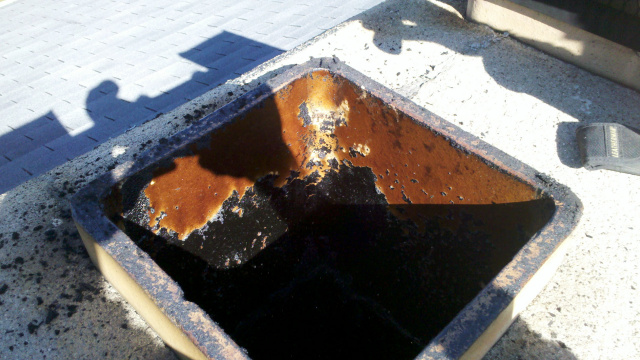
The number one cause of chimney fires is caused by an excessive build-up of creosote. Typically it is the lack of maintenance of a chimney using a solid fuel appliance that will result in a dangerous creosote build-up. Even a short period of use of such an appliance can result in dangerous levels of creosote accumulation and if left alone. In some applications, it can become dangerous in less then one season of burning. Creosote is formed mainly due to two conditions. First, chimney temperature. Temperatures below 250F allow the particles left in unburned solid fuel (wood) to adhere to the chimney and cause creosote build-up. Second is unburned volatile particulate in the smoke itself leading to the components needed to become creosote. Both of these conditions are typically associated with todays efficient appliance putting more heat into the structure (and less into the chimney), and the tendency to leave more particulate in the smoke entering the chimney due to the small amount of oxygen these style appliances use to burn when operating correctly. Because an open fireplace gets as much oxygen as it needs, and sends most of the heat generated straight up the chimney, creosote is not normally generated quickly, if at all. However with a fireplace insert or stove attached to the same chimney, the recipe for creosote build-up is sometimes perfect. Combine that with soft/unseasoned fuel and cold temperatures from an external, tall, or over-sized chimney and an unchecked chimney can become quite dangerous. Continue reading and learn how to remove creosote from a chimney.
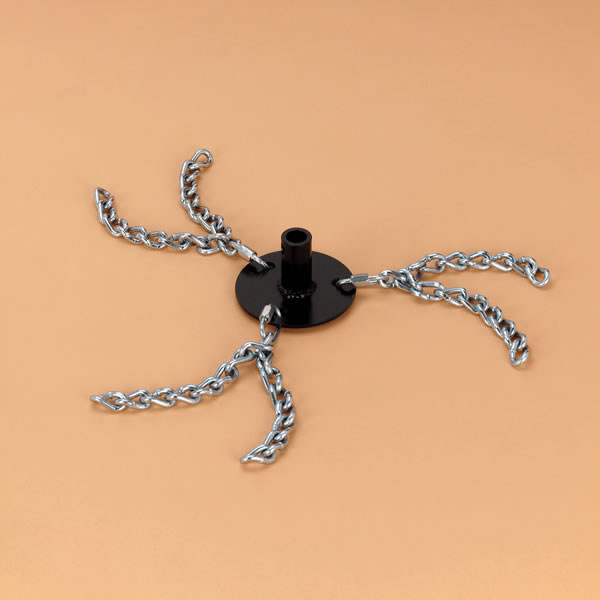
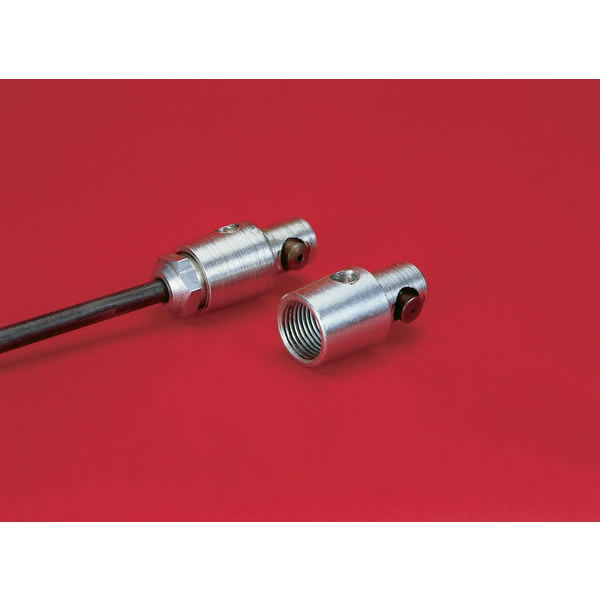
Proper Creosote removal requires the proper tools for the job. The creosote cleaner method we
will discuss today is called "Radial Orbit" cleaning or R.O. cleaning for short.
Radial Orbit cleaning tools consist of a cleaning attachment with loose chains
on special chimney cleaning rods that attach to a electric drill. The rotation
of the drill through the rods creates centrifugal force, that throws the loose
chains on the attachment outward. The ends of the spinning chains chip the
glazed creosote off the chimney surfaces. You will need to start with one rod
with the R.O. attachment and clean the length of chimney you can reach with that
rod. Clean by using the drill at different speeds in both directions while
running the R.O. attachment up and down the chimney. Be patient and continue
this process until 90%+ of the creosote is removed and the original flue
material can be seen again. There will always be some creosote left but it
should be in small patches the size of a nickel or smaller. Sometimes the
corners are hardest to get clean, but by using different speeds and directions
on the drill you should be able to get them mostly clean. The main thing is to
get the majority of creosote out which would be the fuel in a chimney fire.
After cleaning the section of the chimney as described, add another rod onto the
cleaner and repeat the above procedure. Continue adding rods until you are able
to reach the bottom of the flue, or where it starts to open up to the smoke
chamber. If your chimney does not open up into a firebox you are finished. Sweep
the material from the bottom of the chimney or clean out and remove the rods
from the chimney.
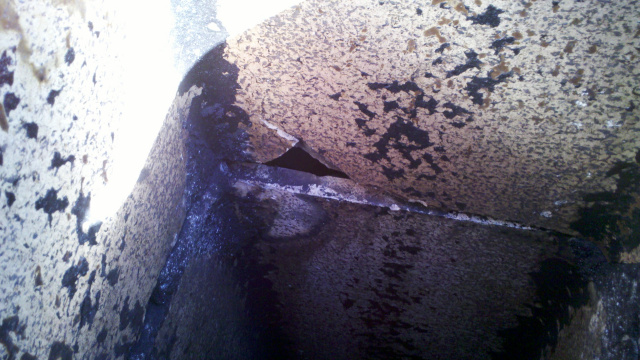
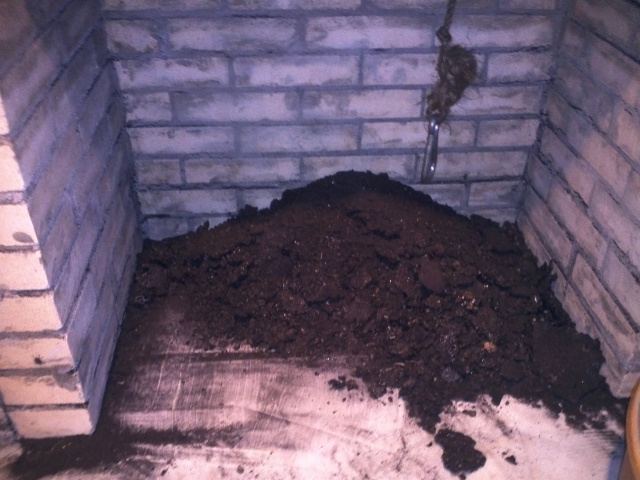
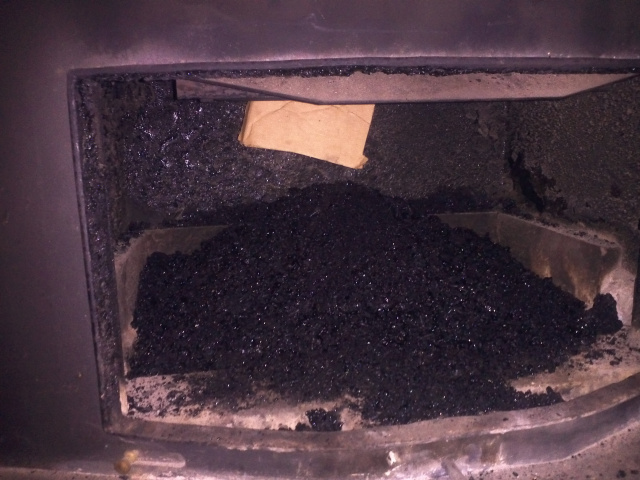 If your chimney is attached to a standard open fireplace with a firebox an
damper, you will need to clean this area from the bottom. Cleaning this area is
similar to the process from the top but can impinge accessed from the opening of
the firebox. Clean the area above the damper where it tapers up to the flue that
was already cleaned. The key once again is to get MOST of the accumulation
cleaned and don't leave any large patches of creosote. The corners of the smoke
chamber can be difficult to get onto so do the best you can. When finished use a
vacuum with a good filter to remove the debris that has been dislodged. Make
sure to get the "smoke shelf" area located behind the damper as lots of material
will tend to collect there.
If your chimney is attached to a standard open fireplace with a firebox an
damper, you will need to clean this area from the bottom. Cleaning this area is
similar to the process from the top but can impinge accessed from the opening of
the firebox. Clean the area above the damper where it tapers up to the flue that
was already cleaned. The key once again is to get MOST of the accumulation
cleaned and don't leave any large patches of creosote. The corners of the smoke
chamber can be difficult to get onto so do the best you can. When finished use a
vacuum with a good filter to remove the debris that has been dislodged. Make
sure to get the "smoke shelf" area located behind the damper as lots of material
will tend to collect there.
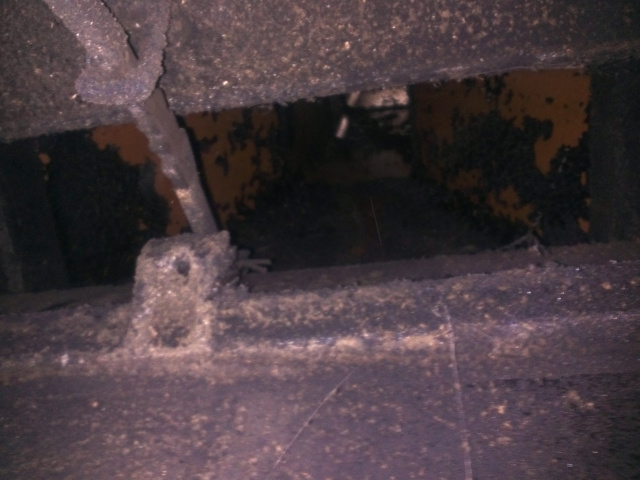 That's how to properly clean a chimney with a creo soot build-up that a brush
will not remove. This procedure is time consuming, dirty, and expensive to have
professionally done. Installing a chimney liner in a chimney that has the
tendency to generate creosote in almost all situation stop a non-crushable sweep
from occurring. If you are using a wood stove or fireplace insert a chimney
liner will usually increase performance of the appliance while stopping the
dangerous build up of creosote that would require the R.O. cleaning.
Check out our selection of professional chimney cleaning tools.
That's how to properly clean a chimney with a creo soot build-up that a brush
will not remove. This procedure is time consuming, dirty, and expensive to have
professionally done. Installing a chimney liner in a chimney that has the
tendency to generate creosote in almost all situation stop a non-crushable sweep
from occurring. If you are using a wood stove or fireplace insert a chimney
liner will usually increase performance of the appliance while stopping the
dangerous build up of creosote that would require the R.O. cleaning.
Check out our selection of professional chimney cleaning tools.